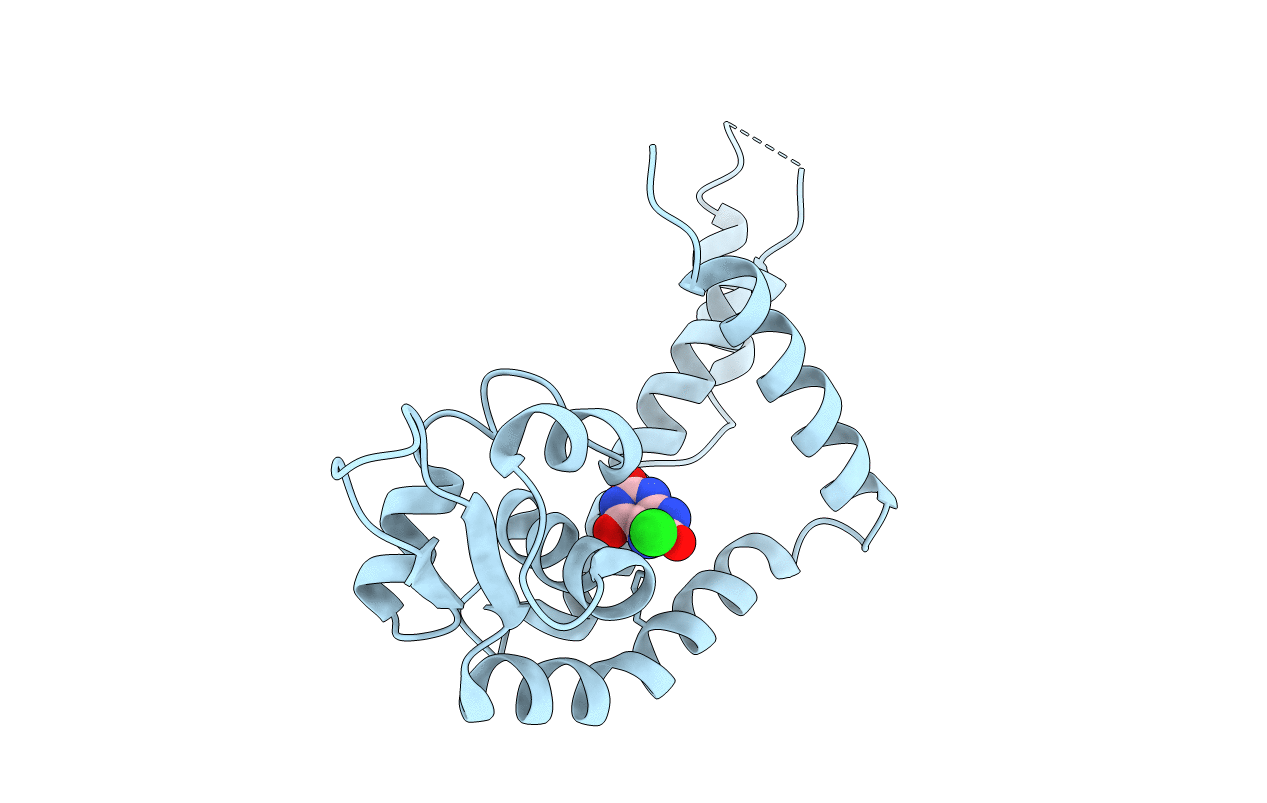
Deposition Date
2022-04-21
Release Date
2022-07-13
Last Version Date
2023-11-29
Entry Detail
Biological Source:
Source Organism:
Deinococcus radiodurans (Taxon ID: 1299)
Host Organism:
Method Details:
Experimental Method:
Resolution:
2.58 Å
R-Value Free:
0.29
R-Value Work:
0.18
R-Value Observed:
0.19
Space Group:
P 61 2 2


